Government Initiatives and Funding
Government initiatives aimed at improving emergency medical services are crucial drivers for the Cardiac Resuscitation Device Market. Many countries are implementing policies that mandate the availability of resuscitation devices in public spaces, such as schools, airports, and shopping centers. Additionally, funding programs are being established to support the acquisition of these life-saving devices by healthcare facilities. For example, recent legislation in several regions has allocated millions of dollars to enhance emergency response capabilities, directly impacting the demand for cardiac resuscitation devices. This proactive approach by governments not only raises awareness but also ensures that communities are better equipped to handle cardiac emergencies, thereby fostering growth in the Cardiac Resuscitation Device Market.
Rising Incidence of Cardiac Arrest
The increasing prevalence of cardiac arrest cases is a primary driver for the Cardiac Resuscitation Device Market. Statistics indicate that approximately 350,000 cardiac arrests occur annually in the United States alone, highlighting a pressing need for effective resuscitation devices. This trend is mirrored in various regions, where lifestyle factors such as obesity, sedentary behavior, and stress contribute to cardiovascular diseases. As the number of cardiac events rises, healthcare providers are compelled to invest in advanced resuscitation technologies. The demand for automated external defibrillators (AEDs) and other resuscitation devices is likely to surge, as these tools are critical in improving survival rates. Consequently, the Cardiac Resuscitation Device Market is poised for substantial growth, driven by the urgent need to address this escalating health crisis.
Aging Population and Associated Health Risks
The aging population presents a significant driver for the Cardiac Resuscitation Device Market. As individuals age, the risk of cardiovascular diseases escalates, leading to a higher incidence of cardiac arrests among older adults. Projections indicate that by 2030, the number of individuals aged 65 and older will reach approximately 74 million in the United States alone, creating a substantial market for cardiac resuscitation devices. Healthcare providers are increasingly recognizing the need for effective resuscitation tools tailored to this demographic. Consequently, the Cardiac Resuscitation Device Market is likely to expand as manufacturers develop devices that cater specifically to the needs of older patients, ensuring better outcomes in emergency situations.
Increased Public Awareness and Training Programs
The growing public awareness regarding the importance of immediate response to cardiac arrest is significantly influencing the Cardiac Resuscitation Device Market. Educational campaigns and training programs aimed at teaching CPR and the use of AEDs are becoming more prevalent. Organizations and health authorities are actively promoting these initiatives, which have led to a higher number of individuals trained in life-saving techniques. As more people become aware of the critical role that timely intervention plays in survival rates, the demand for accessible resuscitation devices is likely to increase. This heightened awareness not only drives sales but also encourages communities to invest in the necessary equipment, thereby propelling the Cardiac Resuscitation Device Market forward.
Technological Innovations in Resuscitation Devices
Technological advancements play a pivotal role in shaping the Cardiac Resuscitation Device Market. Innovations such as portable defibrillators, real-time monitoring systems, and automated CPR devices enhance the efficacy of resuscitation efforts. For instance, the integration of artificial intelligence in these devices allows for more accurate assessments of patient conditions, potentially improving outcomes. The market for these advanced devices is projected to grow significantly, with estimates suggesting a compound annual growth rate (CAGR) of over 8% in the coming years. As healthcare systems increasingly adopt these technologies, the Cardiac Resuscitation Device Market is likely to experience a transformation, characterized by enhanced performance and user-friendliness.


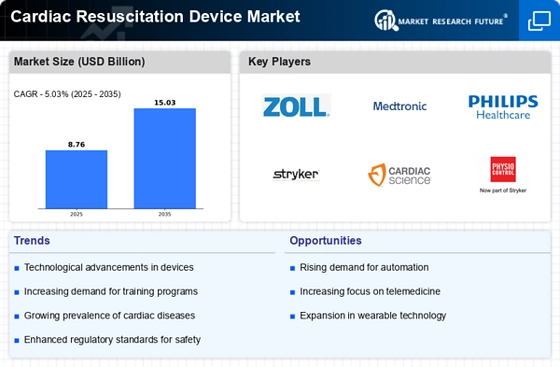
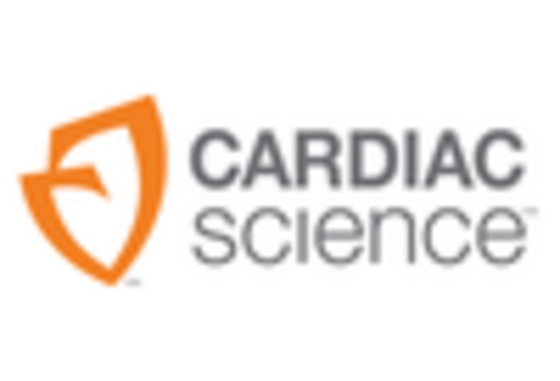
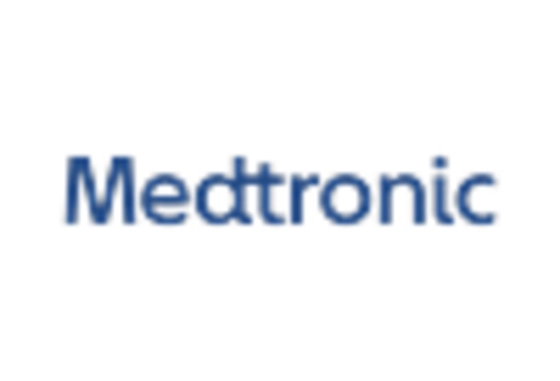
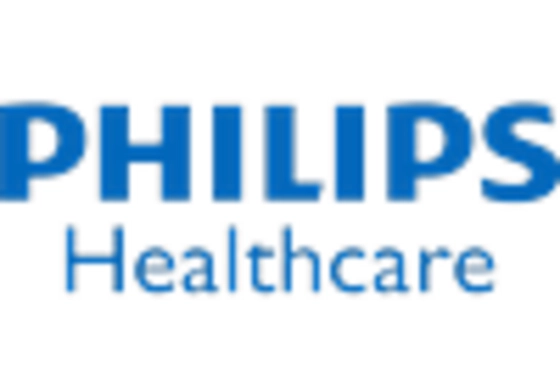
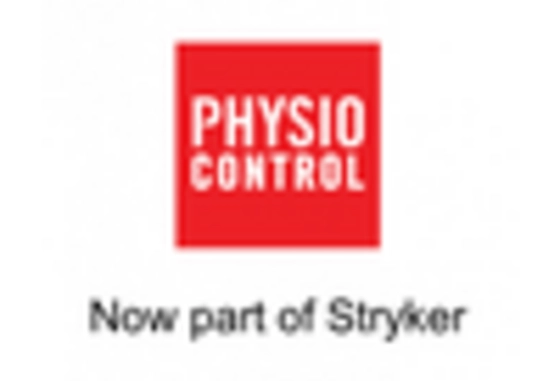
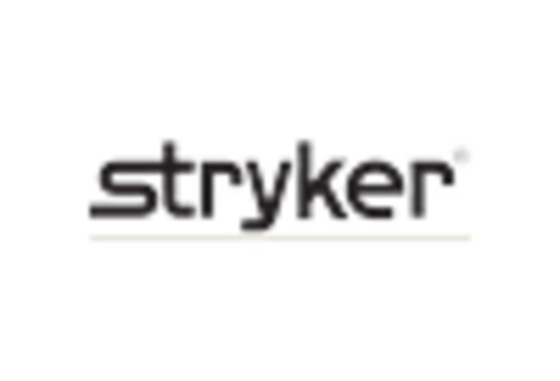
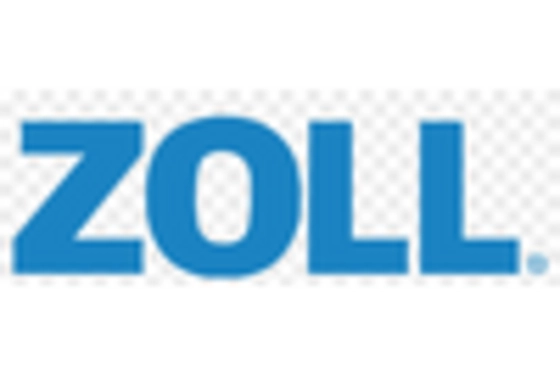








Leave a Comment